Tsunamis are some of the most aggressive and destructive natural disasters on our planet. While many people have seen photographs of that destruction, no one ever thought to ask where all the debris goes after the waves return to the ocean.
Finally, the National Oceanic and Atmospheric Administration and the Government of Japan banded together to answer that exact question, and what they found is extremely concerning.
58 Tsunamis Have Taken More Than 260,000 Lives
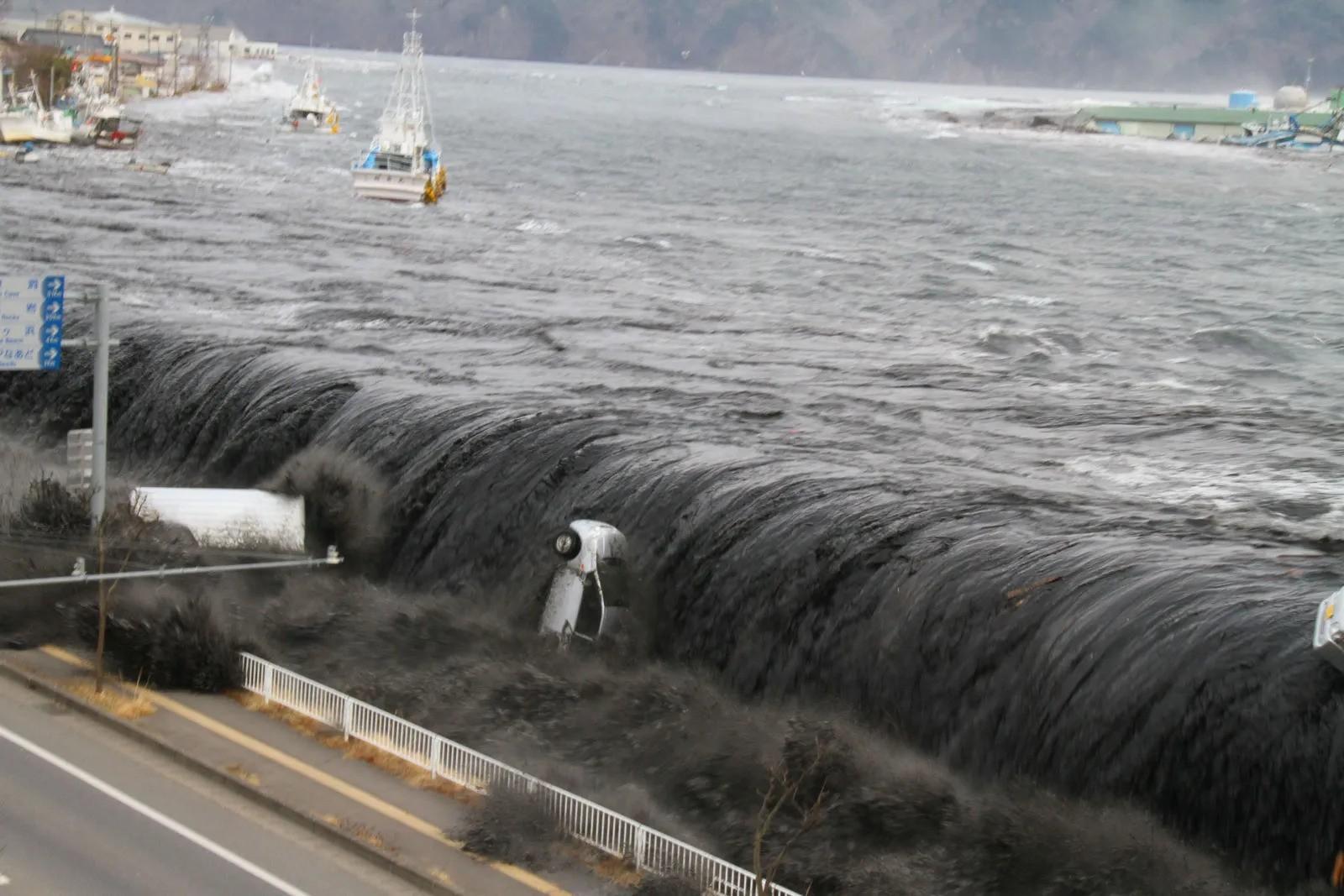
Tsunamis are really quite rare; only 58 have been recorded over the last century. However, unlike heatwaves, droughts, or flooding, almost every tsunami is wildly destructive.
In fact, those 58 tsunamis have taken 260,000 lives and destroyed hundreds of thousands of homes, businesses, boats, and vehicles. Not to mention obliterating the entire infrastructure of every city and town in its path.
The Science Behind a Tsunami
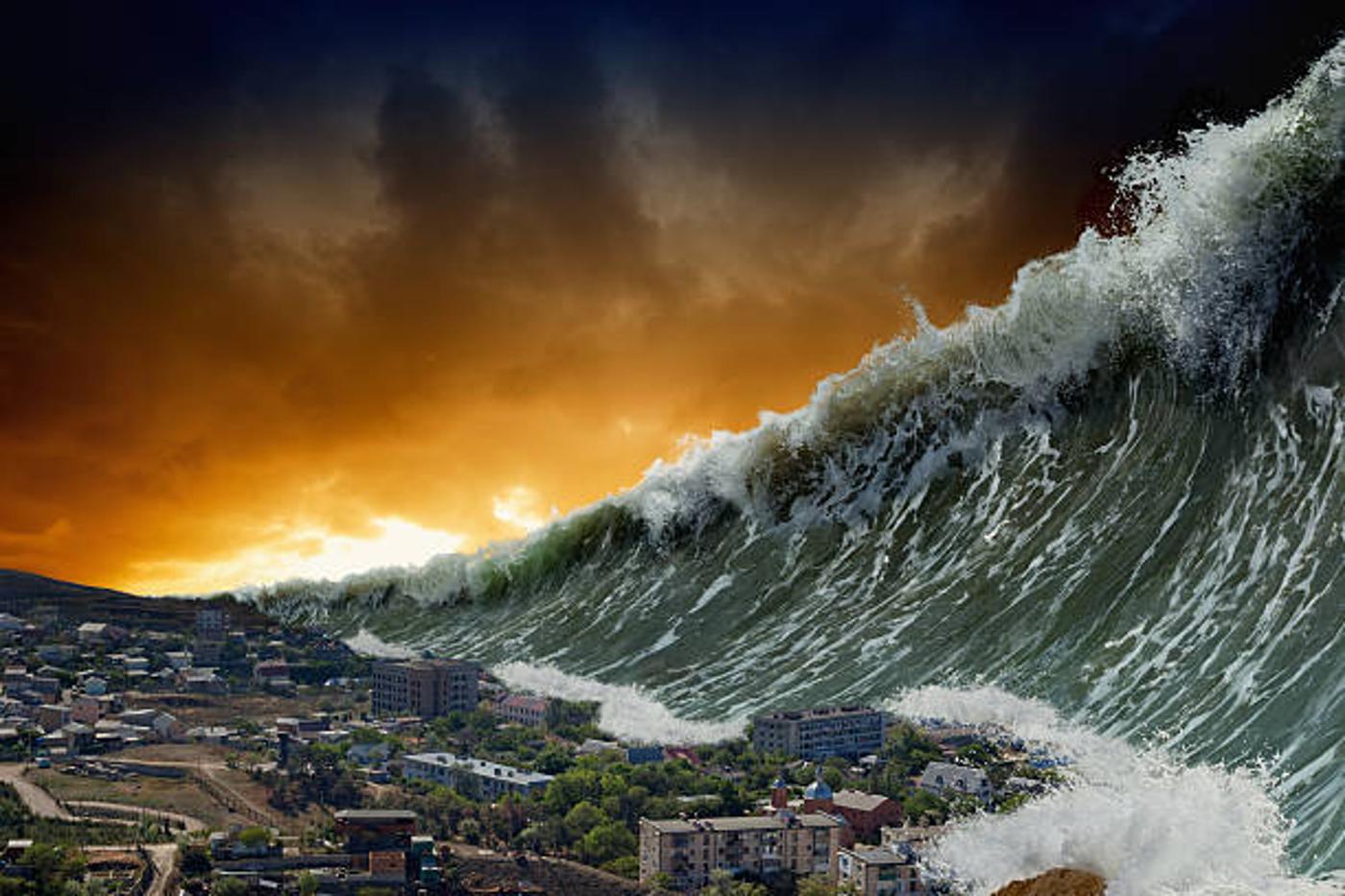
A tsunami occurs when an earthquake or tectonic shift along the ocean floor disrupts an immense amount of water. When the water under the surface is displaced, it causes giant waves on the surface which slowly but surely make their way towards the closest shore.
Large terrifying waves then crash on the shore, destroying everything in their path. After the tsunami has run its course, the water flows directly back into the sea from where it came.
More Than 20% of all Tsunamis Have Happened in Japan
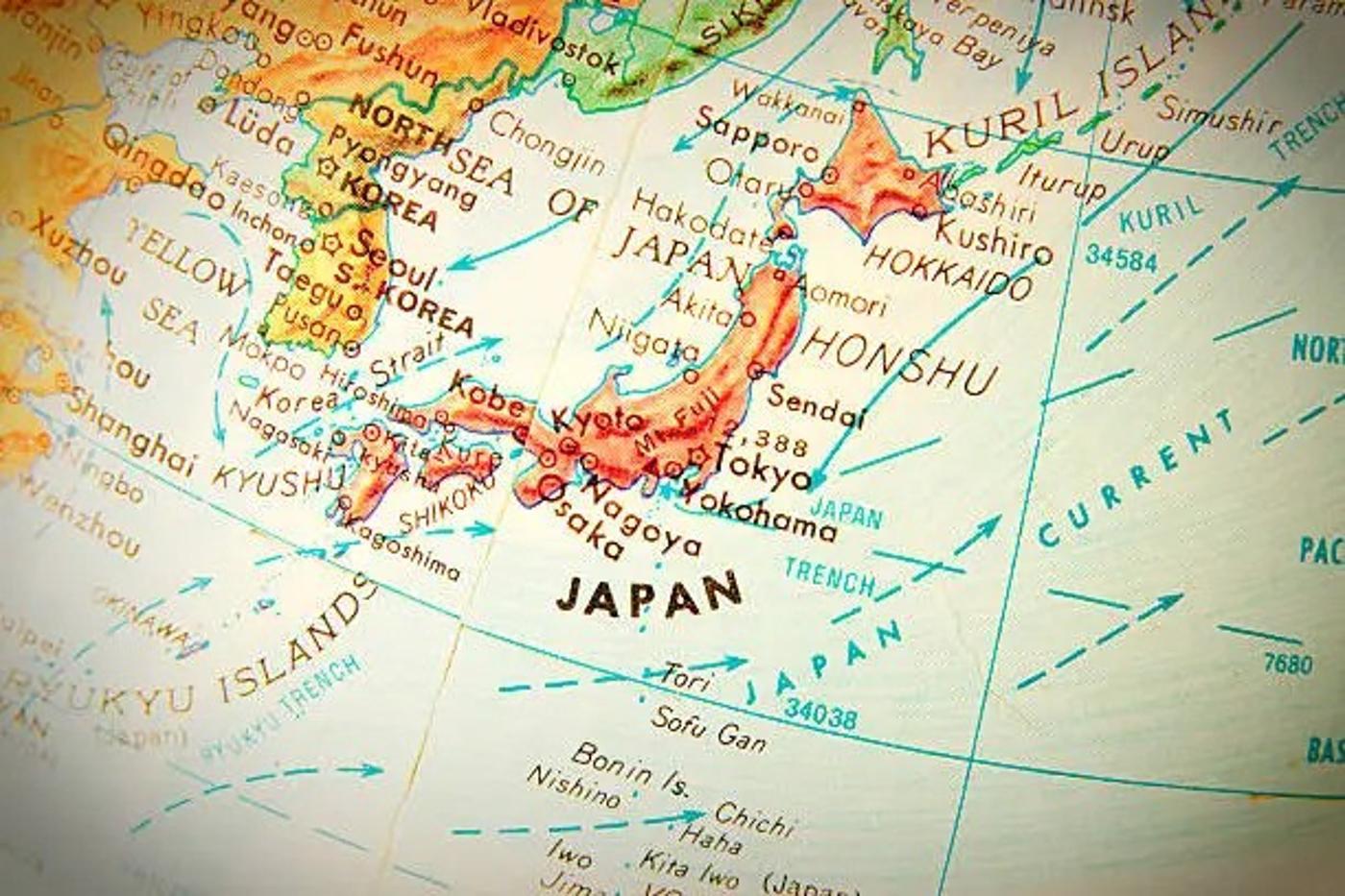
According to NOAA, 21% of all tsunamis over the past century have hit Japan’s shores. That’s because, while there are only a dozen or so large tectonic plates on the planet, four meet along Japan’s coastline.
While Japan has experienced at least one tsunami every year for the past several hundred years, the most aggressive hit the Sanriku coast in 2011.
The 2011 Tsunami in Japan
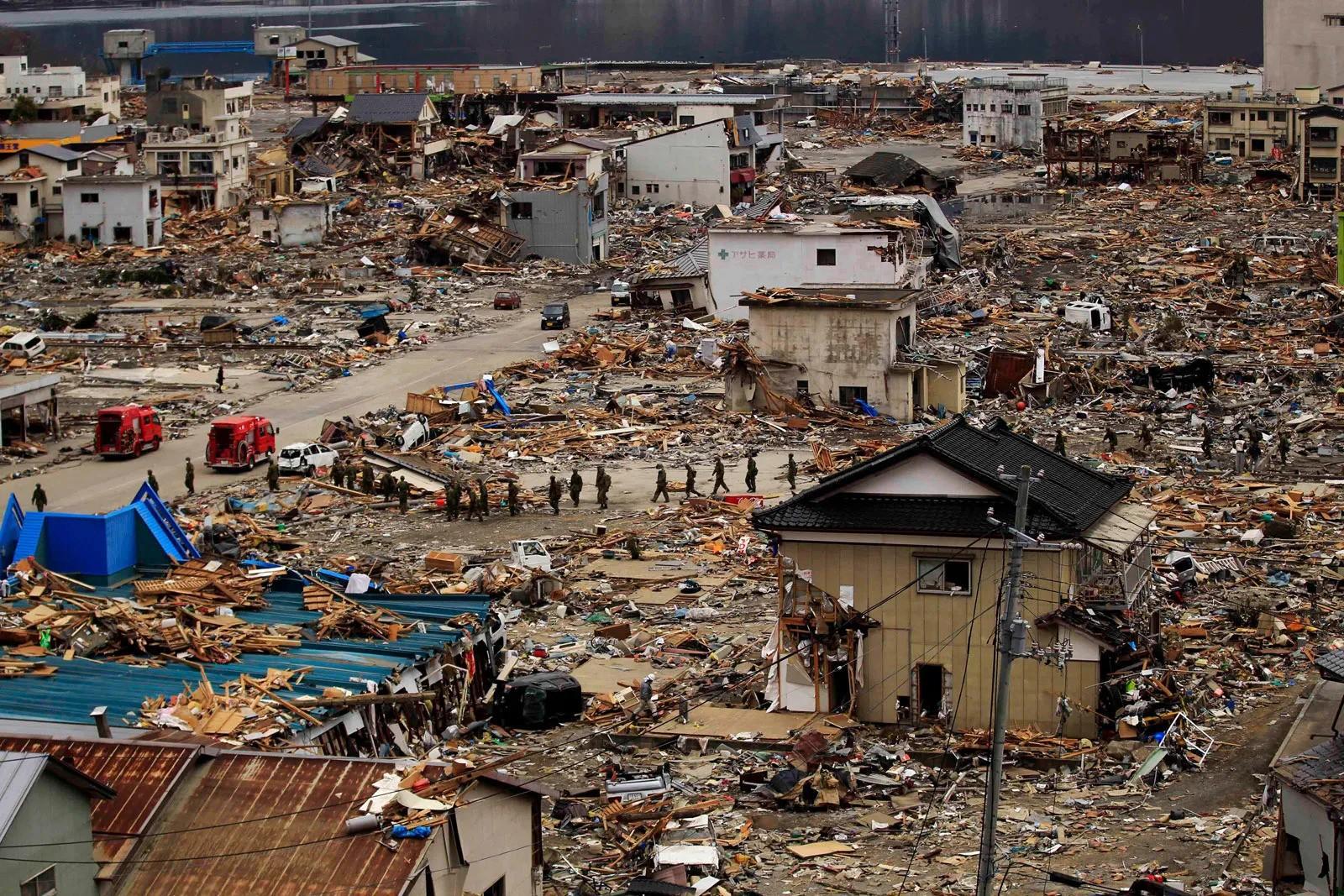
On March 11, 2011 a 9.0 magnitude earthquake generated one of the largest tsunamis in recorded history off the northeastern coast of Japan.
Several towns were entirely swept away by giant, 24-foot waves, destroying more than 100,000 buildings. That day, nearly 16,000 people lost their lives and 6,000 were injured. To this day, the 2011 tsunami is considered one of the worst natural disasters of all time.
Miles Upon Miles of Destruction
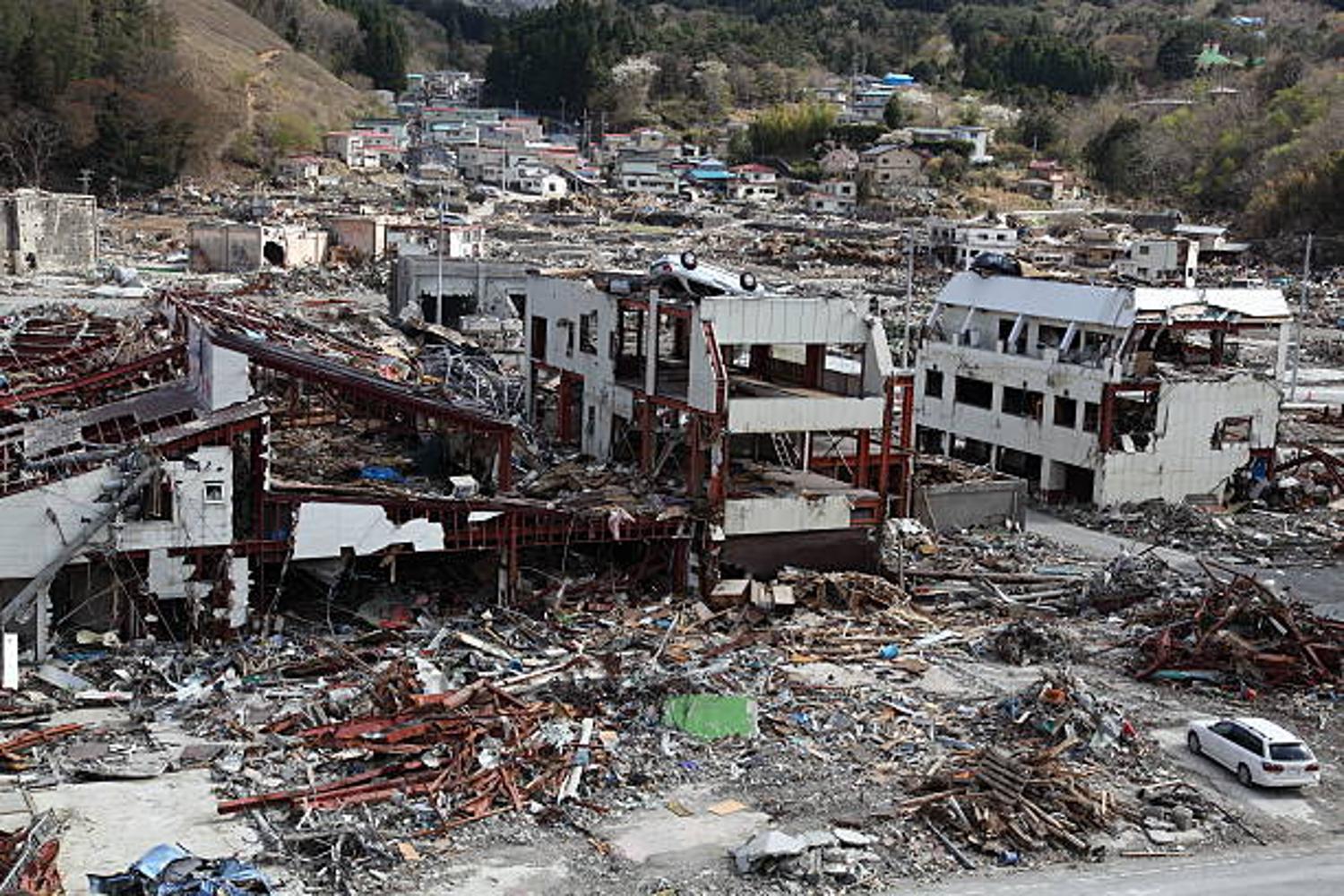
As the giant waves hit the coast, they continued for several miles inward, causing mass destruction, and the waves wiped out everything they missed while they made their way back to the ocean.
Of course, scientists have always assumed that the waves took at least some of the debris back to the ocean with them, but after this horrific tsunami, experts wanted to understand just how much trash was being swept into the ocean.
Investigating the Consequences of the 2011 Tsunami
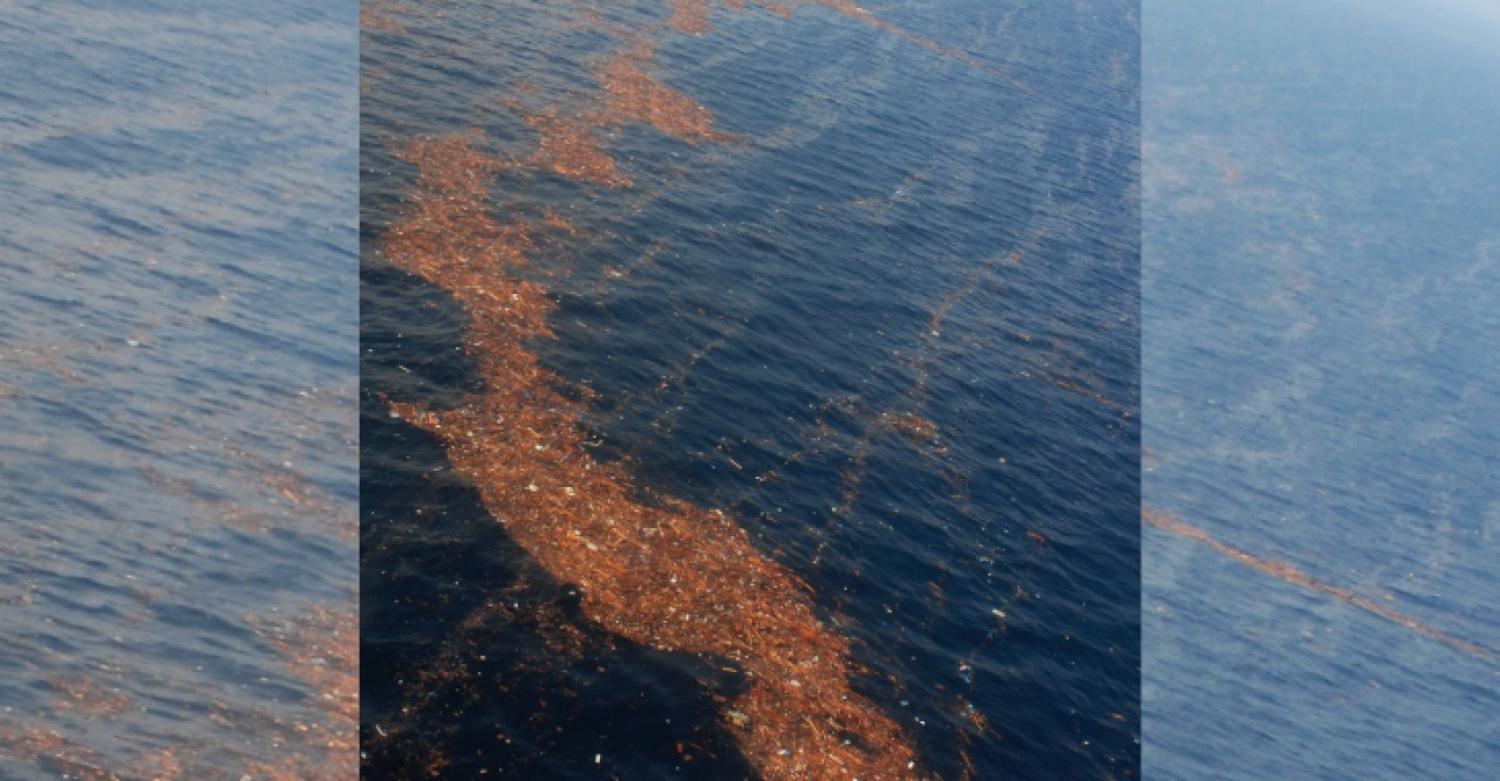
The Government of Japan initially estimated that some five million tons of debris were carried into the ocean after that one tsunami.
With satellite imaging and aerial photographs, they were able to find the debris and they found nearly 3.5 million tons of wreckage floating off the coast of Japan.
1.5 Million Tons Immediately Sunk to the Ocean’s Floor
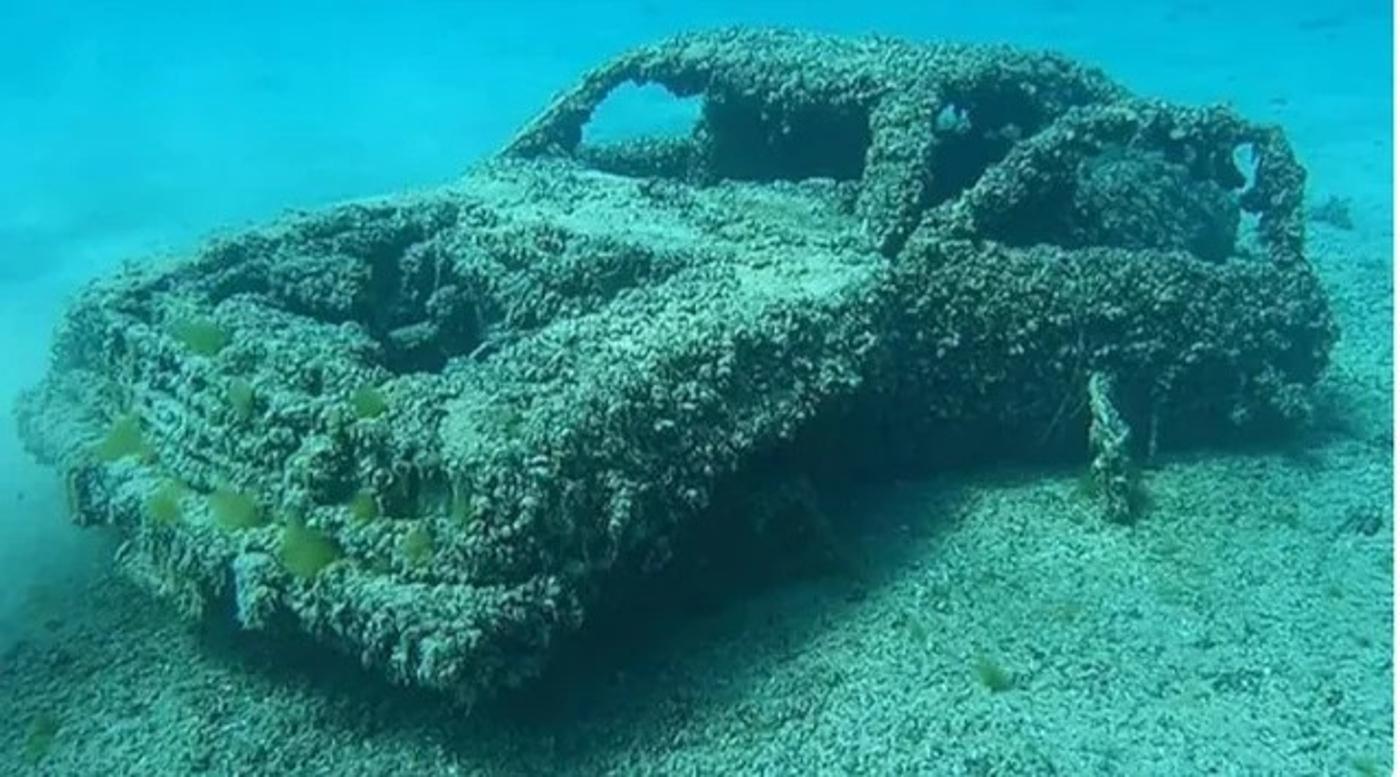
They also determined that the 1.5 million missing tons were on the ocean floor within just a few files of the coast.
Heavy items like cars, boats, and even entire homes now sit collecting algae along the seabed. The sunken debris is certainly concerning, but experts are far more worried about the massive amounts of trash now floating along the ocean’s surface.
The Ocean’s Currents Have Swept the Debris Thousands of Miles Away
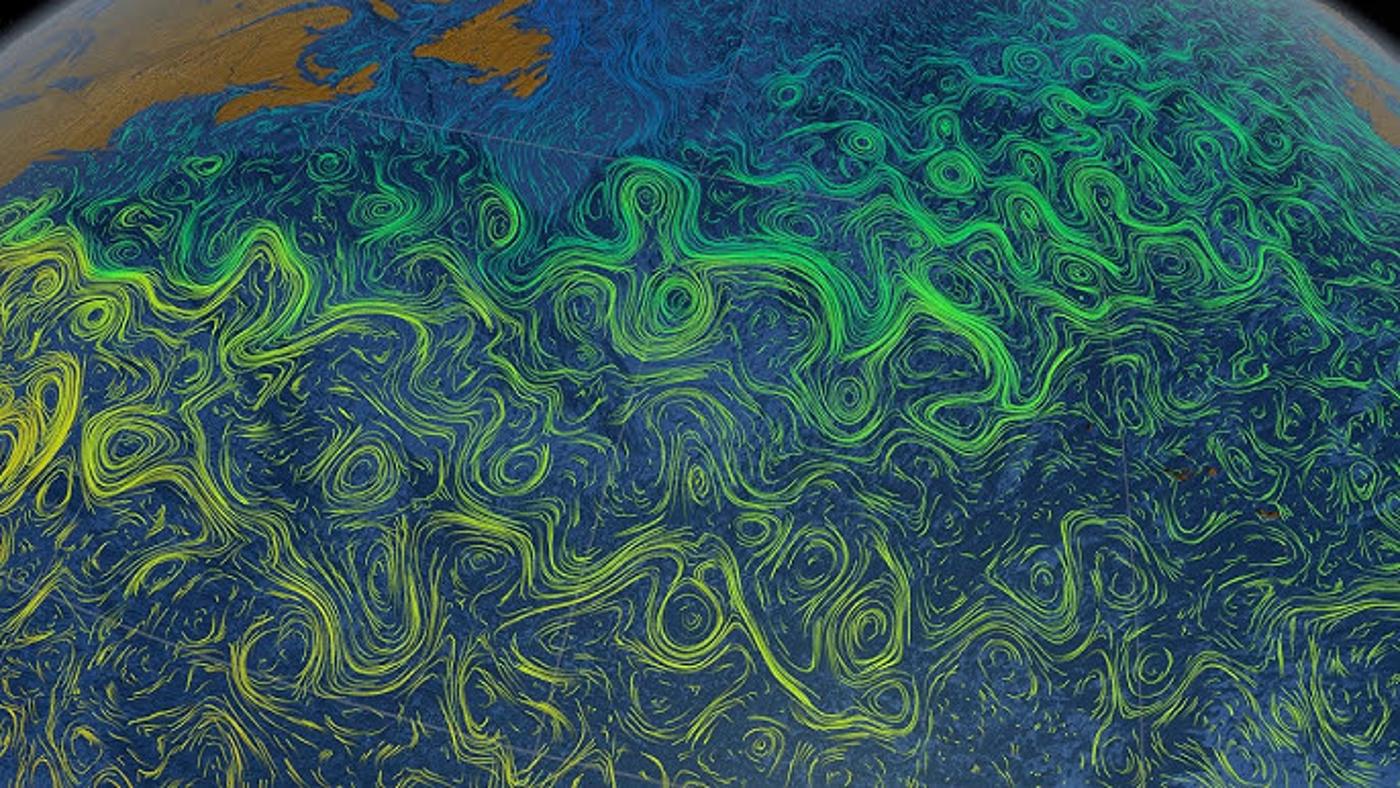
Scientists from Japan and the National Oceanic and Atmospheric Administration began tracking the movement of the enormous piles of debris. They used computer models to estimate where the ocean’s currents take the debris and how soon it would get there.
The researchers noted that some of the wreckage would likely wash ashore on the northwest islands of Hawaii and by the next winter, the remaining trash would hit the west coast of the US, including southern Alaska.
Japan Gave NOAA $5 Million to Remove the Debris
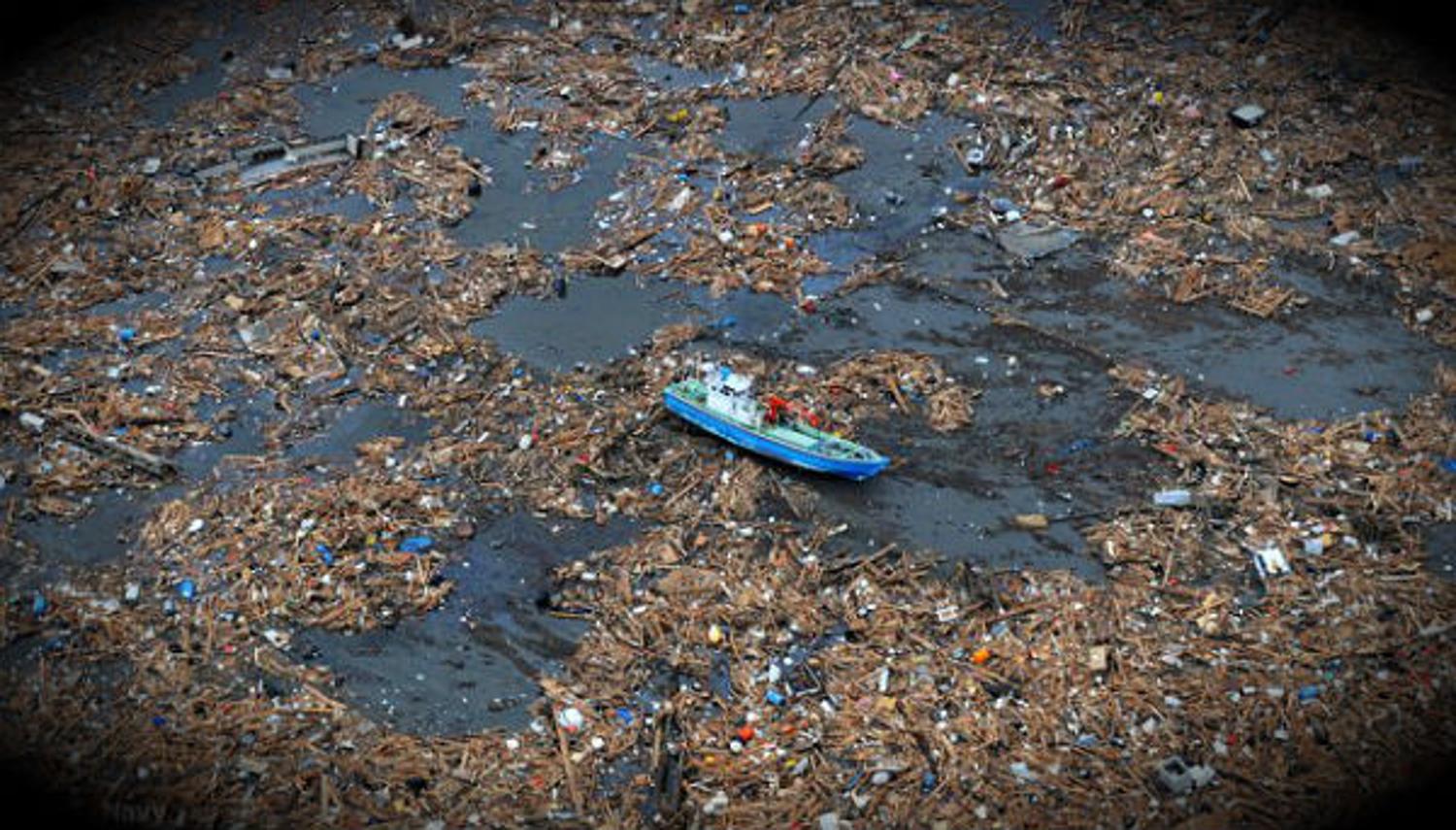
Because the majority of the debris was headed straight for the United States, the Japanese government gave NOAA a whopping $5 million to try to remove as much as they could.
Thankfully, the NOAA was able to remove 635 metric tons of the debris. However, that still ment millions of tons of trash were left in the Pacific Ocean.
A Few Million Isn’t Much Compared to 100 Million
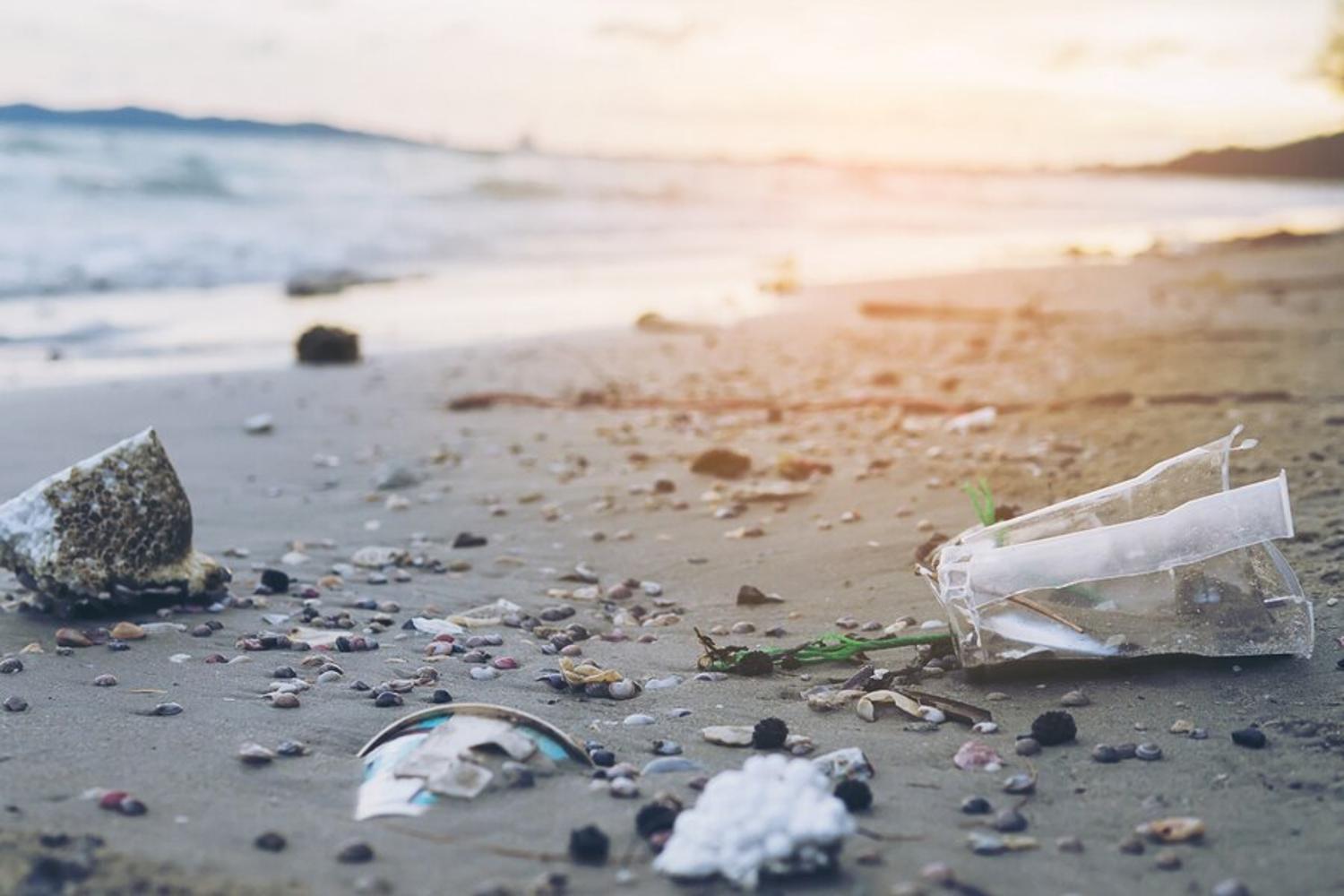
While a few million tons of debris from the 2011 tsunami is unquestionably detrimental to the world’s oceans, it’s really nothing compared to how much trash is already circulating through its currents.
One report states there is currently anywhere between 75 and 199 million tons of waste in the world’s oceans, and 33 billion pounds of plastic are being added every single year.
Ocean Pollution Is a Real Problem

Of course, any amount of plastic pollution in the ocean is bad news, but the absolutely tragic amount that is present today will have horrific effects on the planet. Plastic and debris pollution can harm and kill marine life, threaten human health, trigger algal blooms, interfere with navigational systems, and even worsen the negative side effects of climate change.
Hopefully, organizations like NOAA and the government of Japan will continue their efforts to clean the world’s oceans without having to wait for another tsunami to hit. If not, it’s highly likely that another tsunami could push the world’s oceans over the edge.








































